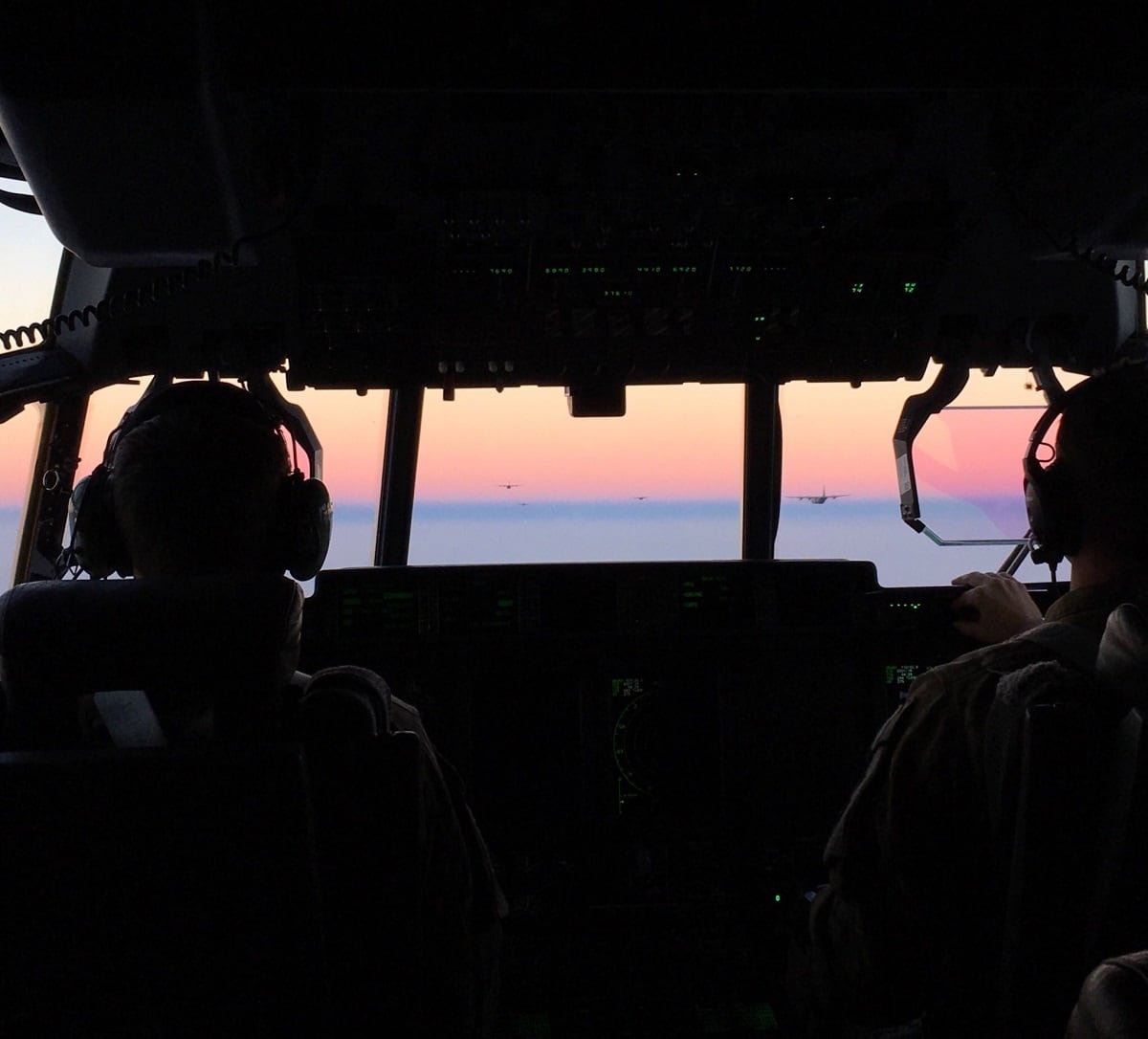What if an aircraft could tell you a part needs maintenance before it actually breaks?
That’s the kind of technology that the head of Air Mobility Command is hoping to install on the command’s aircraft as one way to deal with its older fleet.
The goal is to outfit the planes with instruments that will monitor specific equipment and relay information back to the maintainers, giving them a heads up if a part is worn out and needs to be repaired or replaced.
“As the airplane is beeping and squeaking … as it’s passing its zeros and ones, we can do an algorithm on the data that is received and we can say, predictability means this is going to fail at that time, go check that part,” Gen. Carlton Everhart told Air Force Times at the Pentagon on Thursday.
Everhart said instruments have been installed on one of AMC’s C-5M Super Galaxy transport aircraft to begin testing the idea of predictive maintenance.
RELATED

In October, the command will gather data from the plane to see how to use the information once it’s received and to help establish a baseline.
The plan is to outfit more C-5s, followed by the KC-135, C-130 and C-17, he said.
The C-5 fleet experienced several instances of nose-gear malfunctions over the past year when the ball-screw drive assembly was causing issues with the extension and retraction of the nose landing gear. This prompted Everhart to order an assessment of the command’s 56 C-5s.
On May 18, maintainers discovered corrosion on the keel beam of a KC-135 Stratotanker, which led to a fleet-wide inspection of AMC’s 396 refueling tankers.
Of those, 14 KC-135s were found to have corrosion on the beam that’s at the bottom of the fuselage and connects the front and rear structures of the plane.
This did not affect mission readiness, Everhart said.
Fortunately, the corrosion hadn’t led to cracks in the beam, AMC spokesman Col. Chris Karns added.
The beam — a huge piece of aluminum — had to be remanufactured, and it took about 25-30 days to get the new beams delivered and installed on the airframes.
Everhart said one of the biggest problems with older planes is that sometimes the parts are no longer manufactured, which causes delays in getting them replaced.
“With the KC-46, Boeing, I know [they’ve got the] parts, but in 50 years when that part becomes [obsolete], we’d like to have the blueprints,” he said. “I think that’ll be game-changing.”
Charlsy is a Reporter and Engagement Manager for Military Times. Email her at cpanzino@militarytimes.com.




